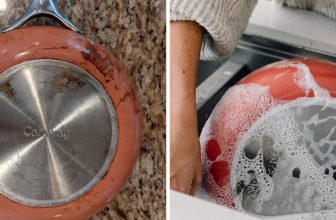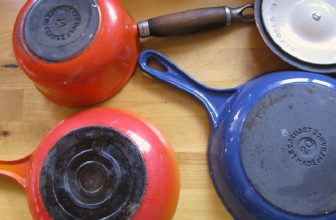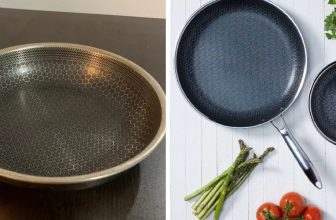How to Get Burnt Sugar Off a Pan
Burnt sugar can cause damage to your cookware and become a breeding ground for bacteria and other harmful microbes. While it is easy to overlook, leaving burnt sugar residue on your pan can cause the surface of the cooking vessel to become sticky or discolored over time. Furthermore, burnt sugar can be difficult to remove without specialized cleaning agents or tools. That’s why it is important to clean up burnt sugar off your pan as soon as possible to preserve the surface of your cookware and maintain its hygiene.
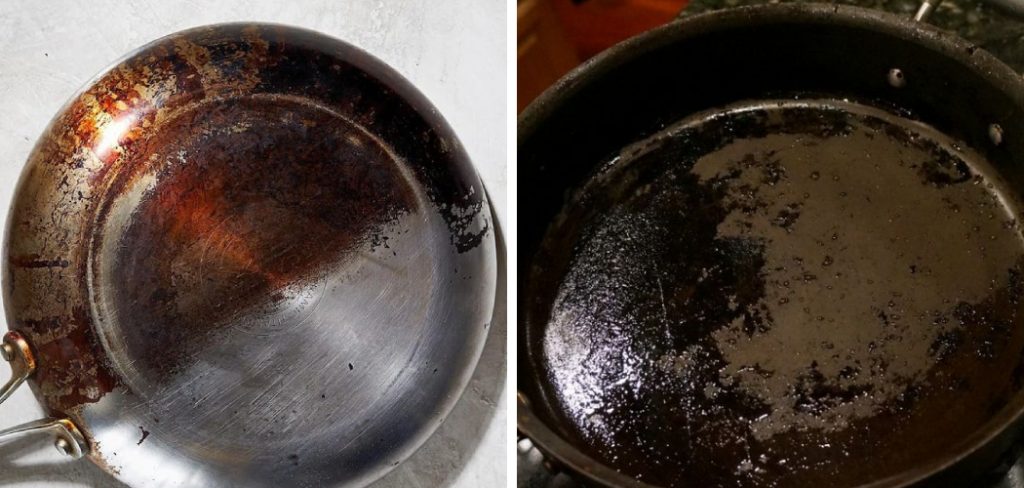
The advantage of learning to get burnt sugar off a pan is that it can save you time and money. Burnt sugar can be difficult to remove, especially if it has been baked onto the pan surface for some time. However, several methods available can help you quickly and easily remove burnt sugar without damaging your pans. In this blog post, You will learn in detail how to get burnt sugar off a pan.
Step-by-Step Processes for How to Get Burnt Sugar Off a Pan
Step 1: Inspect the Pan
First, inspect the pan and determine how much-burnt sugar there is and whether it has had time to harden onto the surface or not. Fill the pan with hot water so that the entire bottom of the pan is covered, and let it soak for at least 15 minutes. This will help to loosen the burnt sugar.
Step 2: Scrape the Burnt Sugar Off
After soaking, use a wooden spoon or spatula to scrape off as much of the burnt sugar as possible. If it has hardened, you may need to use a stiff brush or steel wool pad to help remove it. Avoid using abrasive materials such as metal scrapers which could scratch the surface of the pan.
Step 3: Clean and Disinfect
Once you have removed as much of the sugar as possible, wash the pan with warm water and mild detergent. Rinse thoroughly before drying with a soft cloth. Once dry, disinfect the pan by wiping it down with white vinegar and rinsing it with hot water.

Step 4: Prevention
To prevent burnt sugar from sticking to the pan in the future, it is important to use non-stick cookware and always use a medium heat setting when cooking with sugar. Avoid using high heat, which can cause the sugar to caramelize quickly and stick to the bottom of the pan. If you are using a stainless steel pan, you should also use a heat diffuser to help prevent sugar from burning or sticking.
By following these four steps, you can easily and effectively remove burnt sugar from a pan. Taking the time to clean and disinfect your cookware properly will help extend its lifespan and ensure that it is safe for use with food.
Safety Tips for How to Get Burnt Sugar Off a Pan
- Make sure that the pot or pan is completely cool before attempting to clean it. Burnt sugar can be especially difficult to remove when it is still hot and will only become harder to clean as it cools and hardens further.
- Wear protective gloves while cleaning your burnt sugar, as it can cause burns if left on the skin.
- Use a plastic scraper to scrape off any visible burnt sugar from the pot or pan. Be careful not to scratch the surface of the pot or pan too much during this process.
- Create a paste-like mixture of baking soda and water, and spread it onto any remaining burnt sugar residues. Allow it to sit for a while, then scrub the mixture off with a soft cloth.
- If the baking soda paste does not work, try using a combination of white vinegar and water instead. Soak the burnt sugar in this mixture for 20 minutes before attempting to scrub it away using a non-abrasive sponge or soft cloth.
- If the vinegar solution does not work, try using a commercial oven cleaner and follow the instructions on the label. Be sure to use this product in a well-ventilated area and wear protective gloves while handling it.
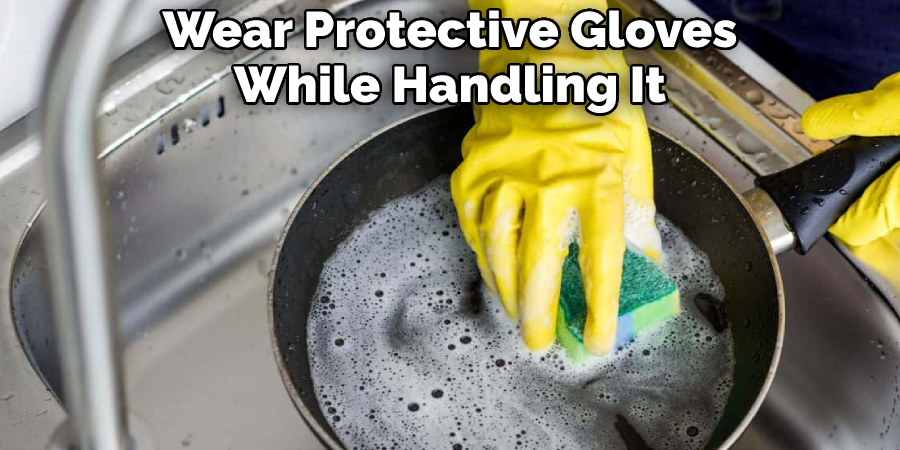
- You can also use steel wool or other abrasive materials for tougher burnt sugar residues. However, be sure to use it gently and do not scrub too hard or you may end up damaging the surface of your pot or pan.
- When removing burnt sugar from a non-stick pan, make sure to use only wooden or plastic utensils as metal ones can scratch the surface. Also, avoid using abrasive materials such as steel wool, which can damage the non-stick coating.
By following these safety tips, you can easily get burnt sugar off a pot or pan without any hassle. Have fun cooking.
What Are Some Safe and Effective Methods for Removing Burnt Sugar From a Pan?
- Cover the sugar with hot, soapy water and let it soak for 10 to 15 minutes.
- Use a non-abrasive scrubbing pad or brush to loosen any stubborn pieces of burnt sugar.
- Pour out the soapy water, refill the pan with fresh hot water, and then add 2 tablespoons of baking soda.
- Boil this mixture for 10 minutes to dissolve any remaining sugar particles.
- Remove the pan from heat and scrub off any remaining burnt sugar with a non-abrasive sponge or brush.
- Rinse the pan and dry it with a clean towel to remove any soap residue.
- Repeat the process if necessary.
- Try a mixture of equal parts vinegar and hot water for especially stubborn burnt sugar. Soak for 10 minutes then scrub off with a non-abrasive pad or brush. Rinse, dry and enjoy your clean pan.
- For stainless steel pans, be sure to use a softer scrubbing pad or brush to avoid scratching the surface.
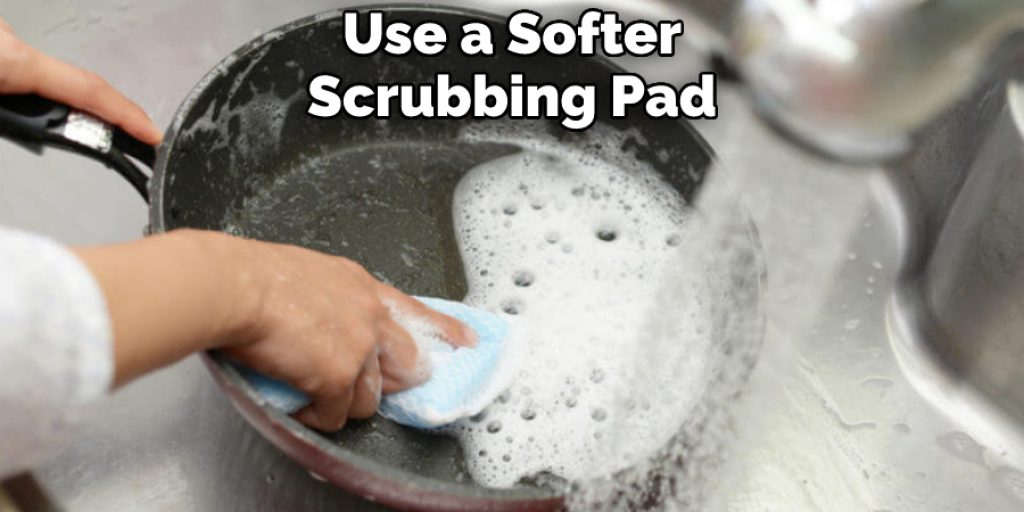
Finally, always use caution when working with hot water and cleaners. Following these steps can help you get that burnt sugar off your pan safely and effectively.
How Can You Prevent Burning Sugar in a Pan in the Future?
- Use low heat when cooking with sugar. The lower the temperature, the slower the melting process. This allows you to monitor the sugar as it melts and prevents it from burning too quickly.
- Stir frequently while melting the sugar to evenly distribute the heat and prevent certain areas from getting hotter than others.
- If the sugar does begin to burn, immediately remove it from heat and stir until the burning stops.
- Use a nonstick pan or one lined with parchment paper when possible to prevent sticking and burning.
- Always keep an eye on the pan while cooking, as burnt sugar can form quickly.
- If possible, use a double boiler to melt sugar instead of directly pouring it into the pan. This will offer more temperature control and make it easier to avoid burning sugar.
- Use a preheated pan before adding any ingredients that require melting or cooking with heat. This will help ensure an even distribution of heat and prevent burning.
Following these simple tips will help you avoid burning sugar in a pan in the future and ensure that your cooking projects come out perfectly every time.
How Often Should You Clean Your Pans to Prevent Future Build-up of Burnt Sugar?
Properly cleaning and maintaining your pans is key to keeping burnt sugar from building up. How often you should clean them depends on how often you use them, but twice a month is usually recommended. When it comes to cleaning burnt sugar off of the pans, start by soaking the pan in hot water for several hours or overnight. If that doesn’t work, try using a mixture of vinegar and baking soda to loosen the burnt sugar. After loosening it up, use an abrasive scrubber to scrape away the residue. You can also try using a combination of water, dish soap, or a commercial oven cleaner (following all safety precautions).
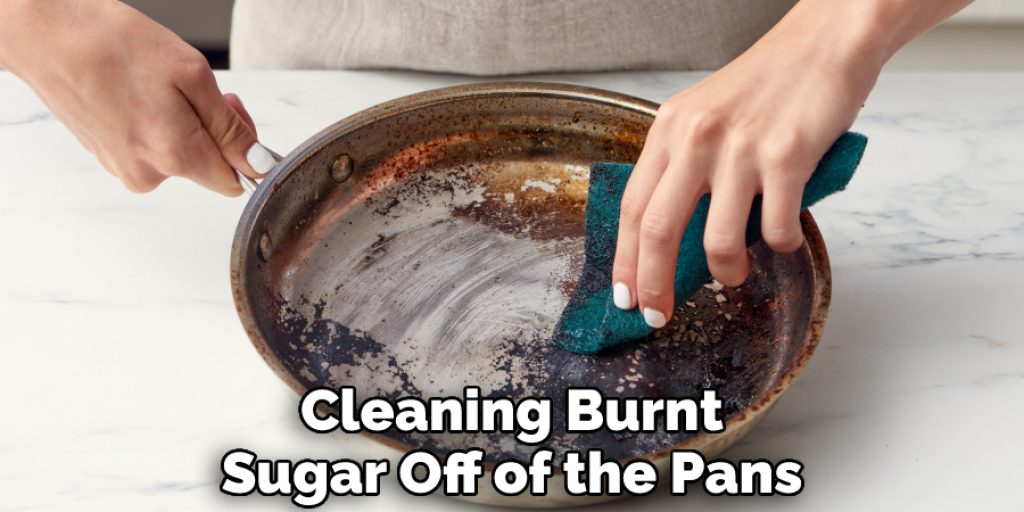
When cleaning your pans in the future, it’s important to do so right after you’ve used them. Doing this will loosen any burnt sugar that may have stuck to the pan and make it easier for you to clean up. Make sure you use a soft cloth or sponge when scrubbing the pan, as abrasive materials can scratch the surface of your cookware. Finally, dry the pan completely before storing it to prevent water spots and rusting.
By following these steps, you can keep your pans looking great and free from burnt sugar build-up for years to come. With a little effort, you can ensure that your cookware stays in top condition so that you can continue to make delicious meals for your family and friends.
Conclusion
The main disadvantage of removing burnt sugar from a pan is that it can be difficult or impossible to completely remove depending on the amount and type of sugar used. If the sugar has been burned for too long, it can become “baked” onto the surface, making it more difficult to get off. Additionally, some types of pans, such as non-stick or stainless steel will be more difficult to get the burnt sugar off.
In these cases, scrubbing may be needed with a harsher material, such as steel wool or an abrasive pad, which can cause damage to the pan if not done properly. In conclusion, getting burnt sugar off a pan is not always an easy task. But, with the right methods, it can be done in no time at all. The most effective and quickest way to do this is by using boiling water to soften the burnt sugar deposits before scraping and washing the pan.
If that doesn’t work, try more abrasive solutions like baking soda, vinegar, or lemon juice. If worse comes to worst, utilize commercial oven cleaners to get rid of the burnt sugar. I hope this article has been beneficial for learning how to get burnt sugar off a pan. Make Sure the precautionary measures are followed chronologically.


